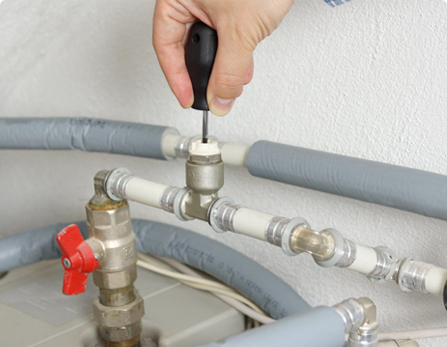Is Air Duct Sealing Worth It?
Keeping Your Ducts Safe Is your sunny California home’s air conditioning ready for the...
Keep ReadingKeeping Your Ducts Safe Is your sunny California home’s air conditioning ready for the...
Keep ReadingBenefits of HVAC Maintenance Are you ready for summer? It has been a cold,...
Keep Reading
The Importance of HVAC Maintenance When asked if they’d like to take an HVAC maintenance contract,...
Keep Reading
Get Assisted If you live in Fort Worth, Texas and you don’t have air...
Keep Reading
The Need For a Furnace Here in North Texas, we don’t have the blustery,...
Keep ReadingDealing With a Broken AC What could be the worst thing to happen during...
Keep ReadingGetting Ready for Winter Here in Texas, winter is knocking at our door ya’ll…...
Keep ReadingHow long does it take to install a split system air conditioner? Here in...
Keep ReadingSigns your thermostat needs repair Well, we got through a winter like many Texans...
Keep ReadingWhat is HVAC preventative maintenance? What does HVAC maintenance mean? HVAC is an acronym for , heating,...
Keep ReadingWe offer reliable air conditioning and heating repair, installation and maintenance.